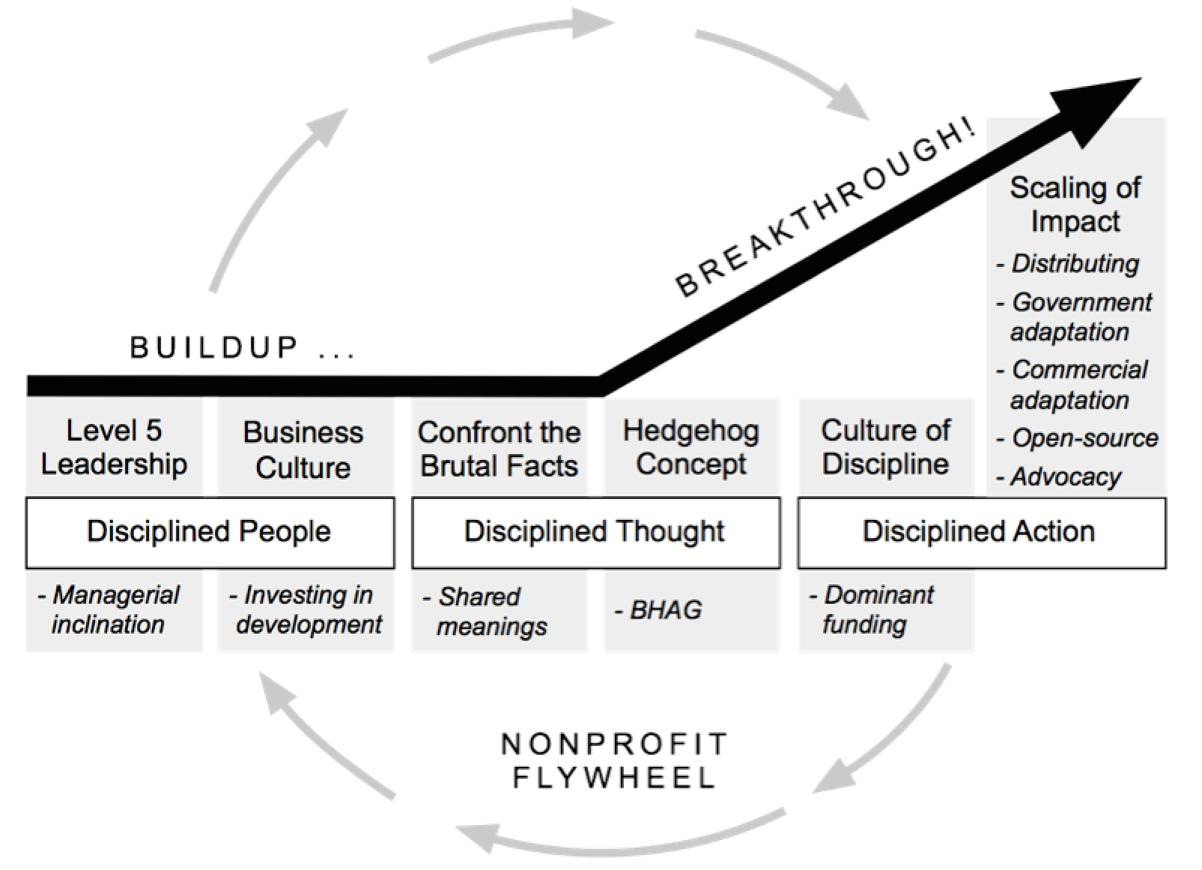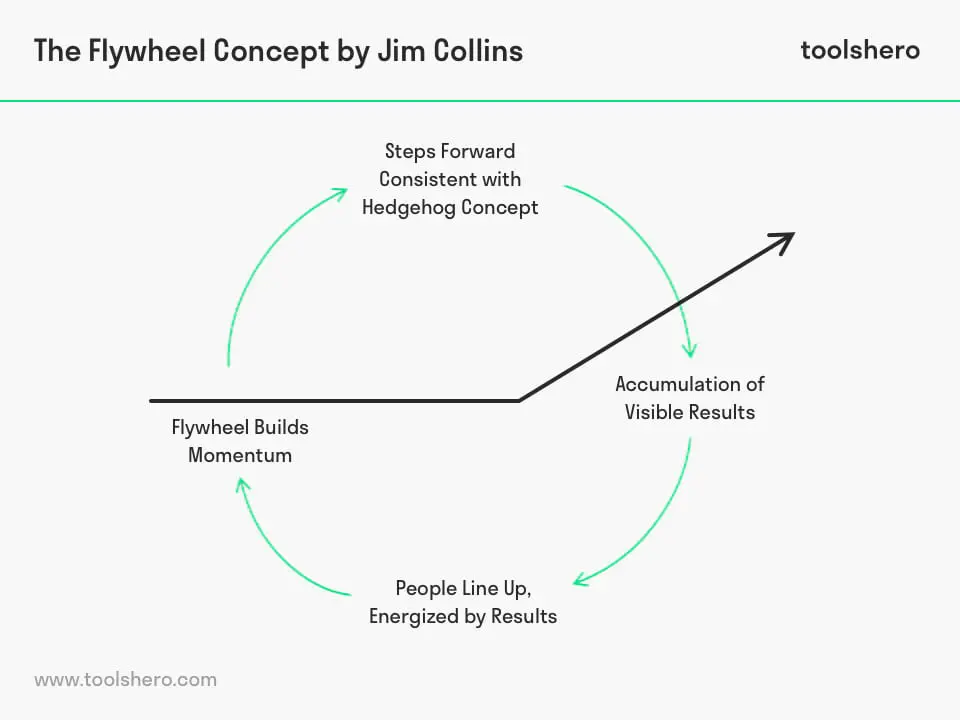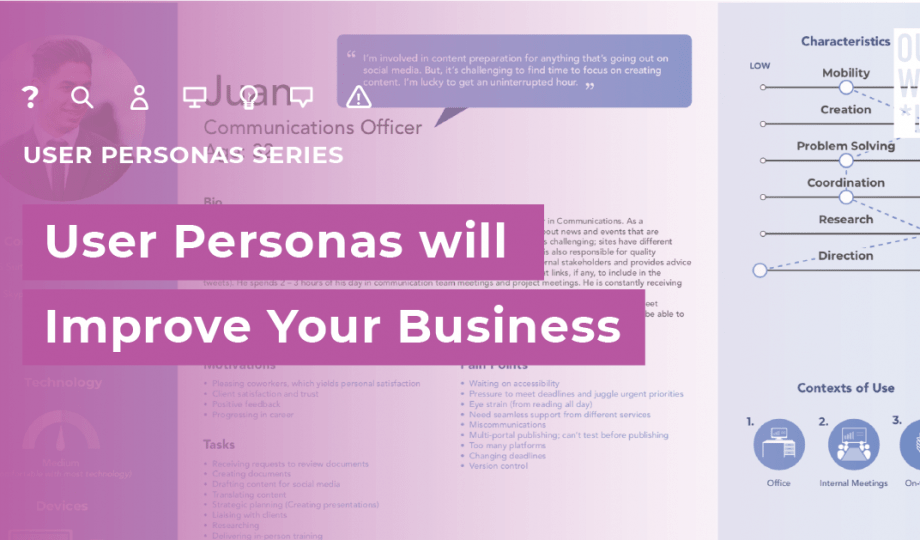
Undoubtedly the biggest challenge we see in organizations undergoing a digital transformation is a lack of understanding and appreciation for a more user-centered approach. It’s easy for an organization to get on board with reducing call volumes, improving their customer experience, and enabling straight-forward or no-touch online experiences — everyone wants those upgrades! But when it comes to actually making those transformations happen, people’s buy-in and comprehension of the work itself starts to wane.
What type of work are we talking about? Well, it might not be a surprise, given you’ve landed on an Outwitly blog post, but major digital transformation involves human-centered design (HCD) work! This means talking to the humans (customers, employees, stakeholders, etc.) at the center of your products and services about their current experience, shadowing them to see how they actually use your products and services, and uncovering the process issues behind the scenes to reveal the redundant manual tasks your team faces. HCD isn’t about business analysis or market research — in fact, these are vastly different disciplines! Human-centered design work is about getting to the crux, the root cause, and the underlying “what”/”why”/”how:” what do your customers want, why is your team struggling, and how can you design better digital applications to solve these challenges?
If digital transformation is on your organization’s docket, trust us, you’ll need a human-centered approach to make a successful change. Why is that so hard for organizations to buy into, you ask? Because human-centered design work requires surfacing all of the issues and pain points your customers have in their current experience, taking a deep look at them, and seeing how your internal systems may actually be broken. This is scary, and many executives would prefer a bury-your-head-in-the-sand approach instead.
Here are the objections we most commonly hear:
- “We don’t have time or budget to do research.”
- “We’ve already documented our processes.”
- “We know what our customers want.”
These objections don’t often speak the whole truth! Let’s look at them a little more closely.
- “We don’t have time or budget to do research.” Organizations can almost always find time and money for what they choose to prioritize. If a company can see a return on investment (ROI) for an activity, there will be room for it. Best of all, research doesn’t have to require a ton of time or money!
- “We have already documented our processes.” Yes, this may be true, but documentation does not tell a story of the gaps and redundancies in certain processes. Workflow diagrams are useful, but they don’t highlight the problems. They can also be boring, hard to read and understand, and they don’t often include human elements like frustrations, annoyances, challenges, etc. They will serve technical teams, but they will not get buy-in from stakeholders or enable the type of transformation that’s really possible.
- “We know what our customers want.” CEOs are not their customers, product managers are not their customers, account managers are not their customers, and customer support agents are not their customers (exhale). Business decisions should only be made based on data, not on the assumption that we can read our customers’ minds.
At this point, you might be curious about what it means to take a human-centered design approach and the benefits of such. Human-centered design is one of our favourite topics, so we have a list of blogs that will help further explain HCD and its advantages.
- Human-Centered Design Explained
- 5 Reasons Why Your Organization Needs Design
- Getting Started with the Design Thinking Process
- Leveraging Design Strategy for Business
- HCD & UX: Five Common Roadblocks and How to Overcome Them
- How to Champion HCD and Design Research to Stakeholders
Using the Flywheel Concept to Transform HCD & UX Practice
Once you understand and believe in HCD—how can you get your key stakeholders to follow suit, and get your organization on board? How can you gain momentum? Enter: Jim Collins’ flywheel effect, which he coined in his book, Good to Great.
A flywheel is a large metal disk that weighs over 2,000 kg and is hard to get moving, but once it starts to turn, counterweights help it build momentum, turning faster and faster. In Good to Great, Jim Collins refers to many companies (like Amazon) that have successfully used this effect to, you guessed it, go from good to great. Another key idea is that a company can have dozens of flywheels working within it — think about different departments that each have a flywheel. They all work towards a positive breakthrough that helps the larger flywheel build toward transformation. Human-centered design is one of the smaller flywheels that should support your organization’s overall transformation or breakthrough.
Collins writes about three core areas of focus required to build momentum and create a breakthrough: disciplined people, disciplined thought, and disciplined action. Let’s take a look at each of these areas and see how you can build an HCD flywheel that will enable your digital transformation.
Disciplined People:
- Having the right leader (Level 5 leadership). This work will require top-level buy-in. Now, you don’t need all the leaders to be on board, but you need at least one strong advocate to sponsor your team’s work. This person will champion the HCD process and its benefits to other stakeholders. In the beginning, this may look like a VP of Product, a VP of Marketing, or, if you’re lucky, someone in a C-suite position like a Chief Information Officer (CIO) or Chief Operating Officer (COO).
- Having the right people working for your company. You’ll need a great team of designers and researchers. Organizations often make the mistake of bringing in a junior designer as their first hire. Even if the team is small, you’ll want to start with senior designers who know how to communicate well and have experience in all phases of the research and design process. The people you have in place to execute the work need to be all-stars, especially when human-centered design and UX work is new to your organization.
Disciplined Thought:
- Confronting the brutal facts about a situation and rectifying them. This means looking at your processes and the current customer experience with your products and services. It also means being honest with your team and company about what’s working and what isn’t. The design research you conduct will inevitably uncover pain points, so your organization should be willing to fix those issues when they come up.
- Implementing the Hedgehog Concept: deciding what your company does that is the best in the world (or country) and then sticking with it. While this concept applies mostly to the larger flywheel of what your company does, we can also borrow this concept for HCD and the smaller flywheel. Here you determine your design practice and process, home in on what works for your organization, and use this as your approach to all products and services.
Disciplined Action:
- Maintaining a culture of discipline and fanatical adherence to the Hedgehog Concept, and refusing to do anything that is not in line with it. Your team and organization must relentlessly agree to use HCD as a core business driver. This is key to getting you from a level 2 or 3 on the maturity scale to a level 4 or 5.
- Looking for technology accelerators that can increase performance. The beauty of HCD and UX work is that it will naturally find areas where technology can improve processes, products, and services. This means your company can move faster and create a more streamlined and seamless experience for its customers. For your HCD team, research and design operations are crucial. Get them set up for success so they can easily plan, conduct, and analyze research.
What does an HCD flywheel look like in practice?
- Find a senior leader or champion who will give you and your team the space to do HCD and UX research work.
- Have a great team of designers and researchers in place. Be sure there is a talented senior resource who is a stellar communicator and storyteller, and has experience in all facets of design and research.
- Commit to carrying out small projects to uncover the pain points of a few key products, services or systems (and do a great job!). Then, make the necessary changes to fix these pain points, and design a better experience.
- Share your small wins, and get other people and departments excited about the work. More excitement will lead to more champions and more opportunities for HCD to work internally! When opportunities to prove the value of HCD and research come along, make sure to deliver.
- Develop a strong HCD practice, process, and methodology that you will use for every project. Create research and design operations to enable your UX and HCD team to work faster and better, and consistently use them to tackle all systems, processes, products, and services.
- As you get more quick wins, celebrate and share those wins across the organization. The flywheel will build momentum and lead to more opportunities for embedding human-centered design practices into the organization because more stakeholders will ask for that work to happen in their departments. This process will lead to breakthrough transformation — the ultimate goal!
In short:
HCD champion enables HCD work > Team does a great job on a small project > Changes are implemented > HCD wins
Wins are shared across the organization > Excitement builds > More HCD champions enable more HCD work
Team does a great job with consistent processes > Changes are implemented > More HCD wins! And on and on it goes, until human-centered design is at the core of everything your organization does.
We promise there is transformation on the other side of this work. This is where your greatest, most competitive and innovative product and service ideas will come from. Through using the flywheel effect for human-centered design, you’ll get amazing customer experience, a seamless online user experience, and the low-to-no-touch customer support your organization has been wanting. This is the work that enables your team to focus on higher value, strategic problems and gets them out of the weeds.
Get in touch with us today to see how we can help you achieve your digital transformation goals.






